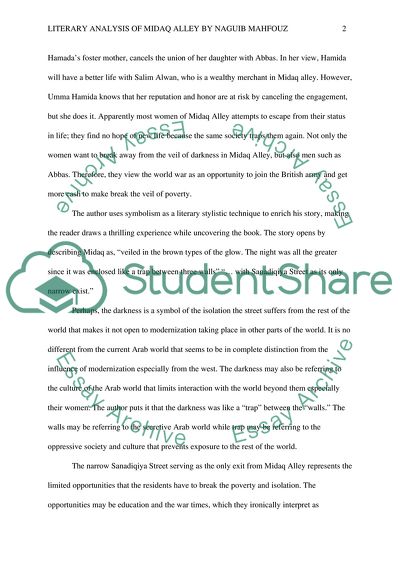Cite this document
(“Midaq Alley by Naguib Mahfouz Book Report/Review”, n.d.)
Midaq Alley by Naguib Mahfouz Book Report/Review. Retrieved from https://studentshare.org/literature/1873425-midas-alley
Midaq Alley by Naguib Mahfouz Book Report/Review. Retrieved from https://studentshare.org/literature/1873425-midas-alley
(Midaq Alley by Naguib Mahfouz Book Report/Review)
Midaq Alley by Naguib Mahfouz Book Report/Review. https://studentshare.org/literature/1873425-midas-alley.
Midaq Alley by Naguib Mahfouz Book Report/Review. https://studentshare.org/literature/1873425-midas-alley.
“Midaq Alley by Naguib Mahfouz Book Report/Review”, n.d. https://studentshare.org/literature/1873425-midas-alley.


